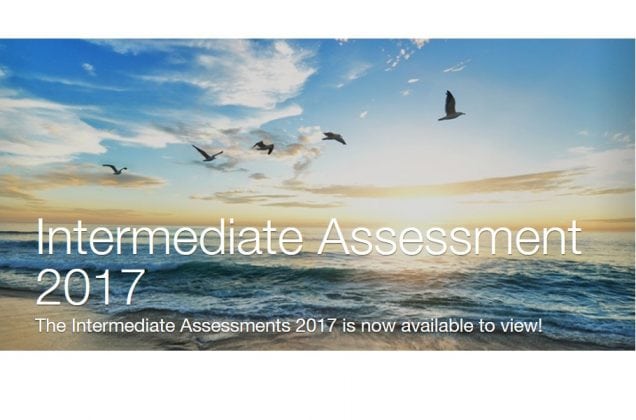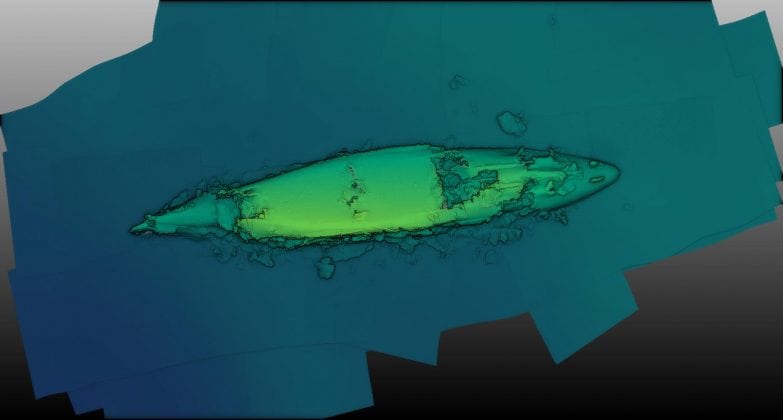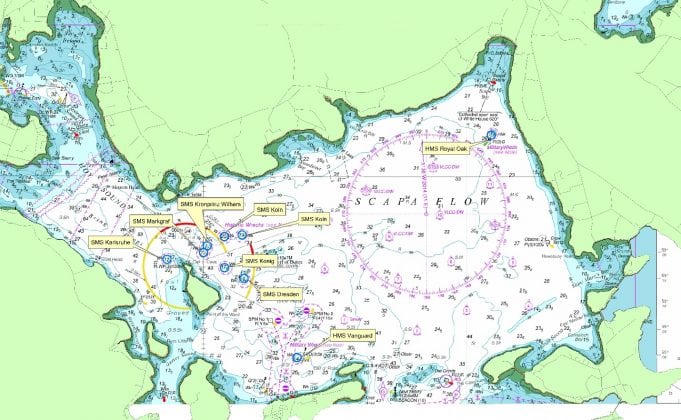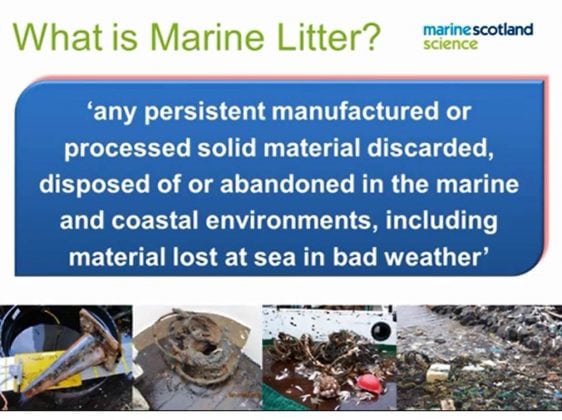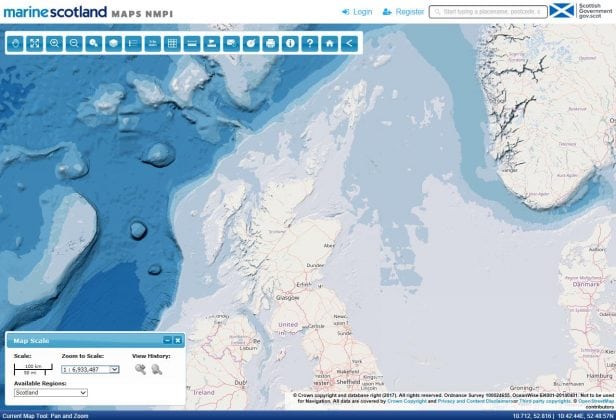Marine
-
Taking PAM to visit Rosemary Bank
2nd August 2017 by Marine Scotland Communications
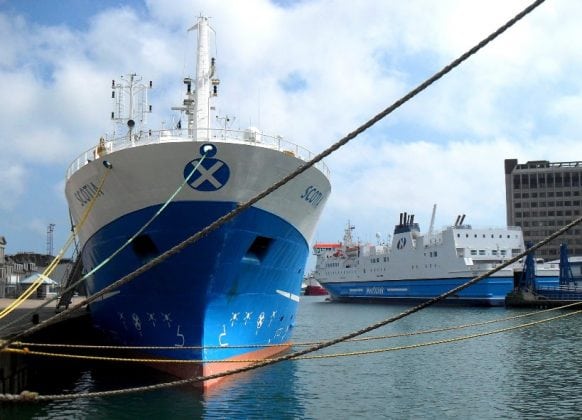
Figure 1: Map showing approximate location for mooring deployment and transects for each zone Duration: 31 July to 7 August 2017 Fishing Gear: 2 x bird observer boxes (plus rubber matting) 1 x passive acoustic device and moorings Objectives To deploy a passive acoustic device on Rosemary Bank To collect data on bird and marine...
-
IA2017 – Radioactive discharges from the nuclear sector have decreased
31st July 2017 by Marine Scotland Communications

OSPAR collects data on authorised discharges and environmental activity concentrations for several radionuclides. For the purpose of evaluation, OSPAR distinguishes those radionuclides that emit alpha radiation (total alpha activity) and those that emit beta radiation (total beta activity). Discharges from fuel reprocessing plants are much reduced but remain the dominant source of discharges from the...
-
Surveying the High Fleet – Update
28th July 2017 by Marine Scotland Communications

We blogged yesterday about the survey currently being undertaken on the German High Fleet in Scapa Flow. One of our scientists on board has sent us this update: This survey is working in conjunction with Historic Environment Scotland (HES), The Ministry of Defence (MOD), The University of the Highlands and Islands (UHI), Ulster University and other...
-
Surveying the German High Seas fleet in Scapa Flow
27th July 2017 by Marine Scotland Communications

Duration: 23 – 31 July 2017 Sampling Gear Swathe multibeam echosounder system TV drop frame with armoured cable Scout System RoxAnn system Seatronics ROV Project Summary This project is a multidisciplinary collaborative project to undertake remote sensing and diver surveys of the High Seas Fleet and the War Graves HMS Hampshire, HMS Vanguard and HMS...
-
The Lives and Afterlives of Plastic: A nearly Carbon-Neutral Conference
26th July 2017 by Marine Directorate Communications

Over the last month New Zealand’s Massey University Political Ecology Research Centre (PERC) has been hosting a conference to address social and environmental issues surrounding: toxicity, waste and plastic. The only difference being that this conference was a nearly carbon-neutral conference being held entirely online. While traditional conferences involve academics flying from all over the...
-
IA2017 – Fish communities show signs of recovery in some areas
24th July 2017 by Marine Scotland Communications

Fish communities form a major element of marine biodiversity and are a key feature in marine foodwebs. Fisheries can thus have a major impact on marine biodiversity. The last OSPAR Quality Status Report (QSR 2010) highlighted, among other issues, that depletion of key predator and prey species and disruption of the marine foodweb were worrying...
-
Keeping track at Armadale: Update one from the tracking project
21st July 2017 by Marine Scotland Communications
You might remember that at the beginning of July, we told you about a new salmon tracking project that was happening in the north of Scotland. Tagging started on 7 July and by 14th July, we had tagged 36 grilse. tagging will continue in to Autumn-time and we will keep you updated with progress. Further Information Information...
-
STEM Students becoming Careerwise
19th July 2017 by Marine Directorate Communications
Always keen to invest in new talent, and promote women in science, Marine Scotland has taken on two students for two twelve-week placements under Equate Scotland’s Careerwise scheme. Careerwise is a partnership between industry and academia to: encourage the participation of women in STEM (science, technology, engineering and mathematics) areas; increase awareness of STEM occupations...
-
IA2017 – Benthic habitats affected by bottom fisheries
17th July 2017 by Marine Scotland Communications

OSPAR is committed to protecting and conserving ecosystems and biodiversity through the management of human activities and is guided by an ecosystem-based approach. Benthic habitats play a key role in marine ecosystems because marine species rely directly or indirectly on the seafloor to feed, hide, rest or reproduce. The last OSPAR Quality Status Report (QSR...
-
Recent updates to NMPi
12th July 2017 by Marine Scotland Communications

Some of you may be aware of Marine Scotland MAPS NMPi (National Marine Plan interactive), Marine Scotland’s key tool for sharing data with stakeholders. It continues the innovation started by Scotland’s Marine Atlas and its follow up e-publication. It’s an online, interactive GIS-based tool allowing you to view different types of information, as map layers, at...

